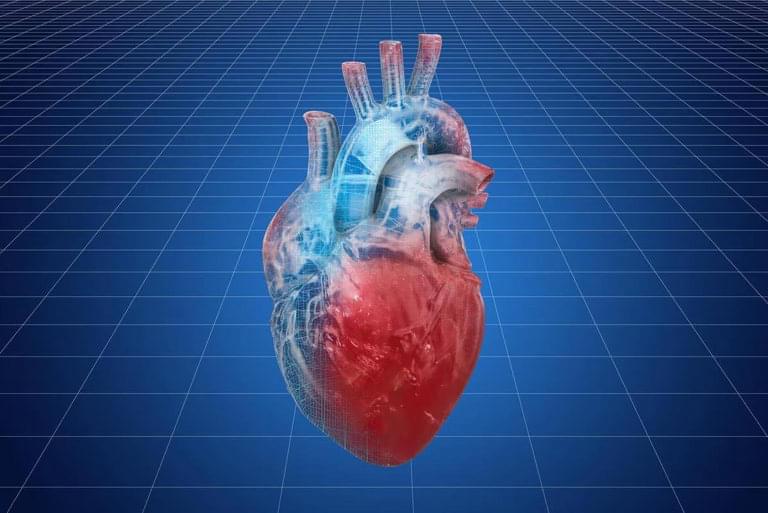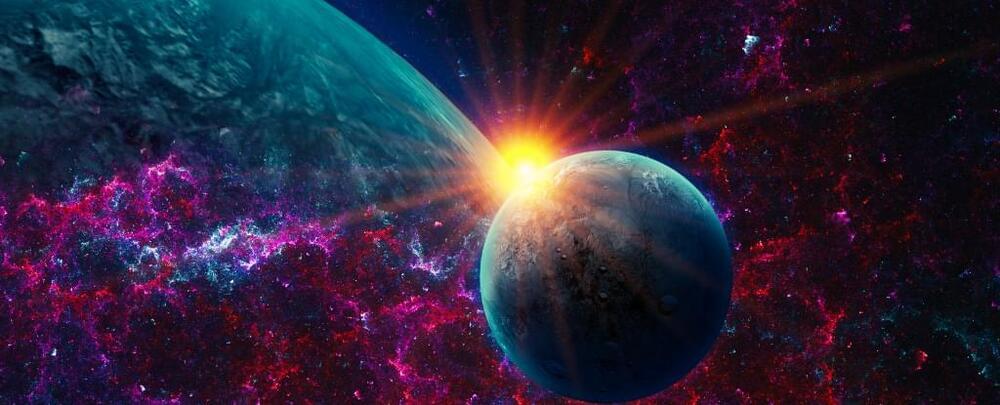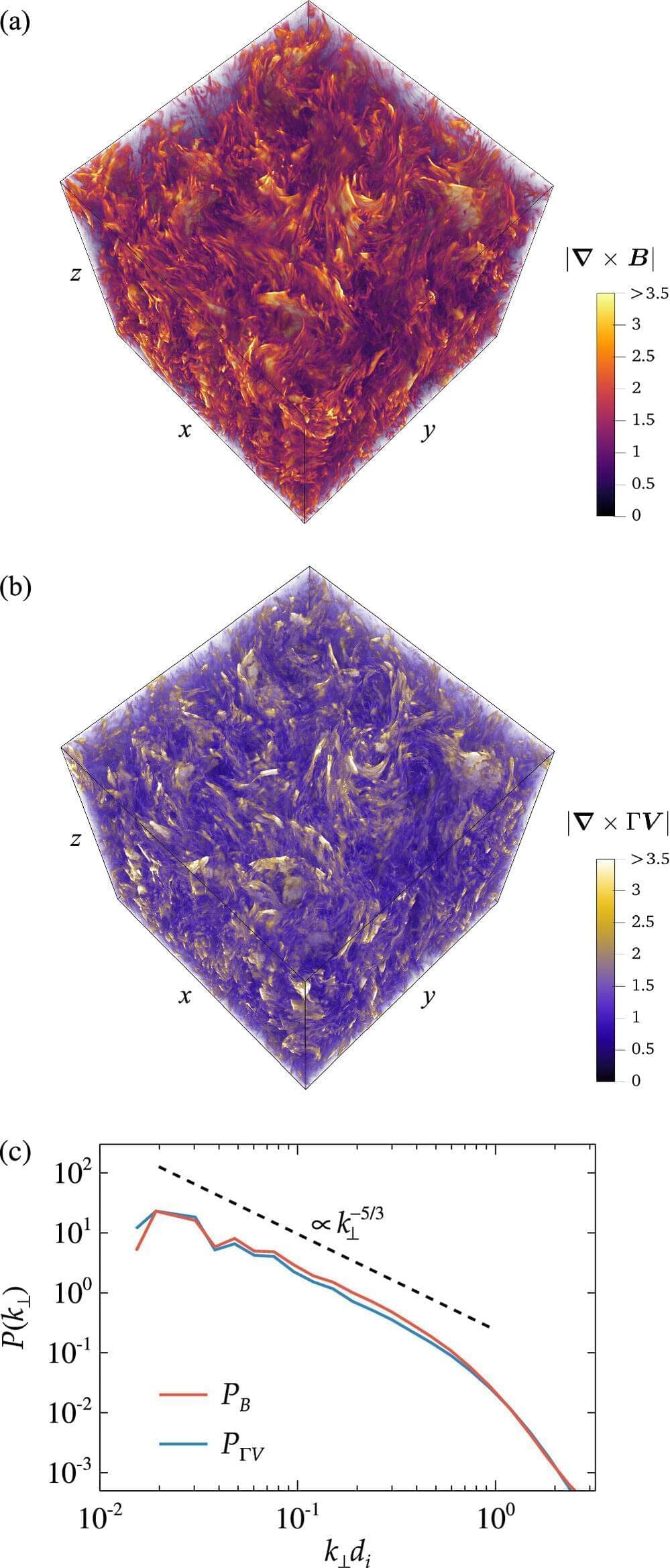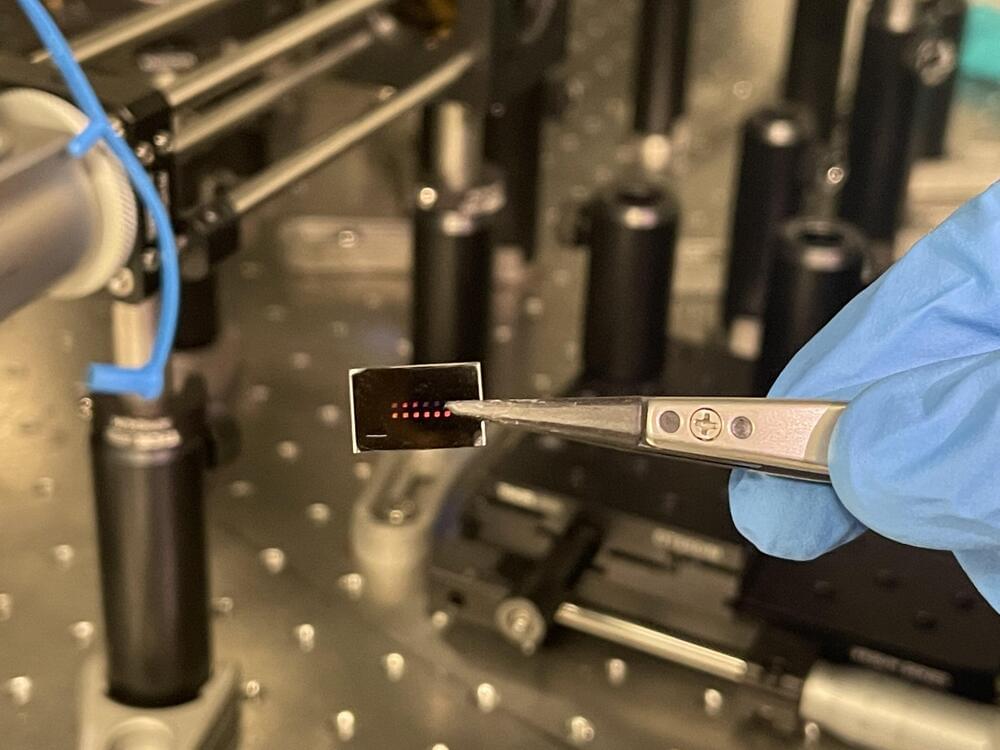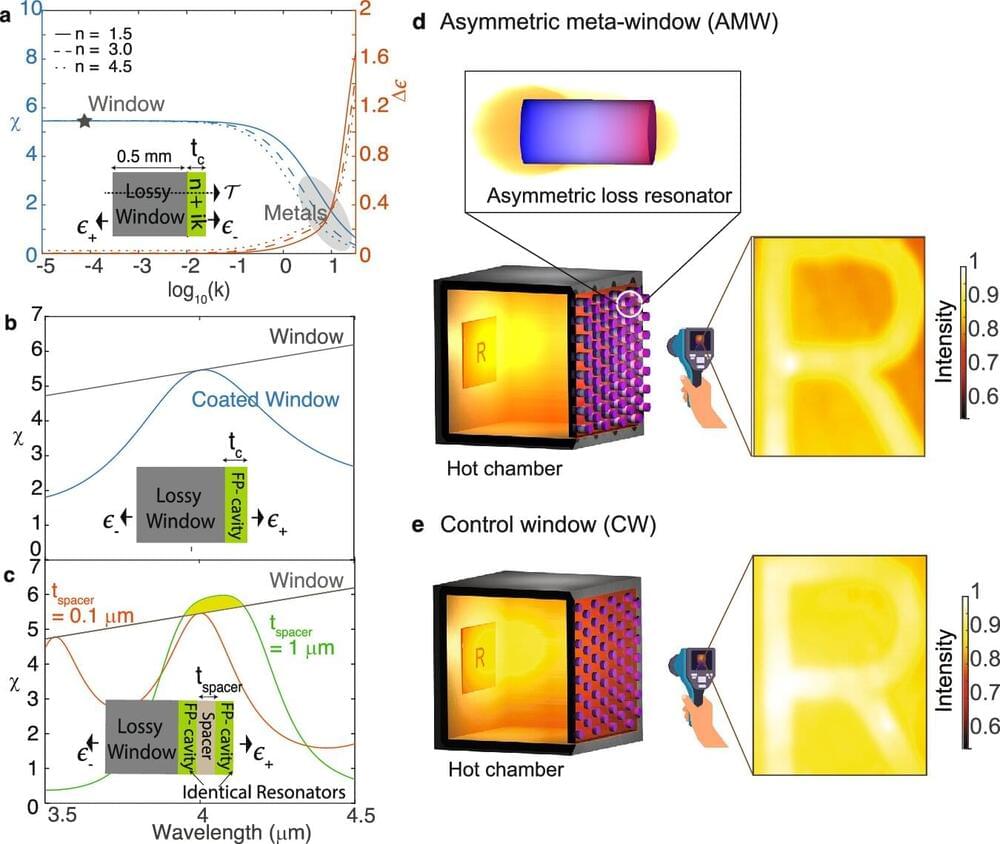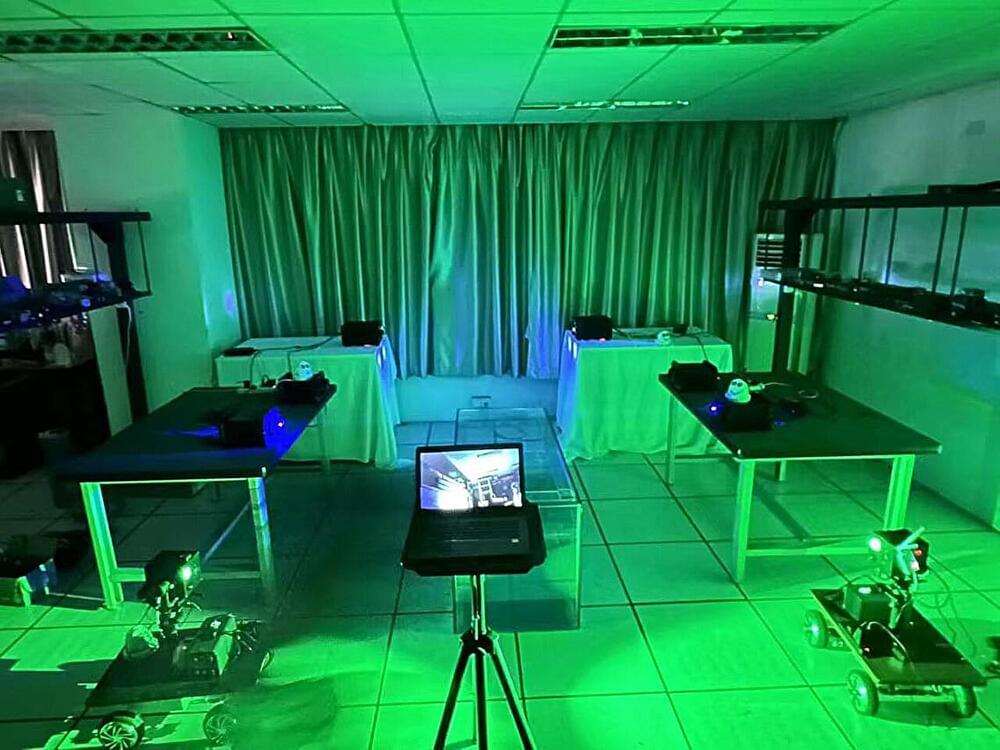Ultra-high energy cosmic rays, which emerge in extreme astrophysical environments—like the roiling environments near black holes and neutron stars—have far more energy than the energetic particles that emerge from our sun. In fact, the particles that make up these streams of energy have around 10 million times the energy of particles accelerated in the most extreme particle environment on earth, the human-made Large Hadron Collider.
Where does all that energy come from? For many years, scientists believed it came from shocks that occur in extreme astrophysical environments—when, for example, a star explodes before forming a black hole, causing a huge explosion that kicks up particles.
That theory was plausible, but, according to new research published in The Astrophysical Journal Letters, the observations are better explained by a different mechanism. The source of the cosmic rays’ energy, the researchers found, is more likely magnetic turbulence. The paper’s authors found that magnetic fields in these environments tangle and turn, rapidly accelerating particles and sharply increasing their energy up to an abrupt cutoff.

